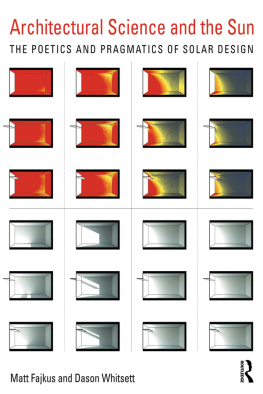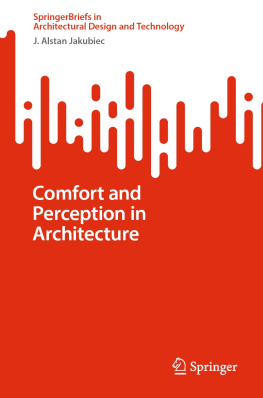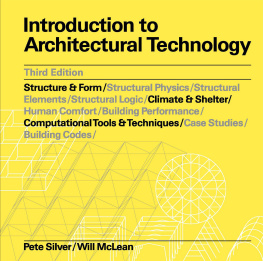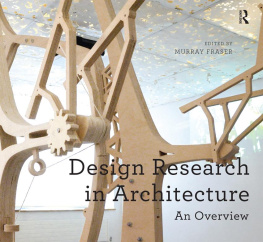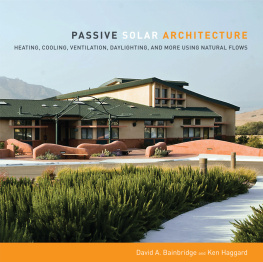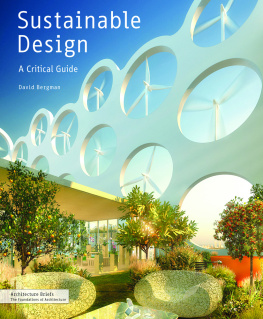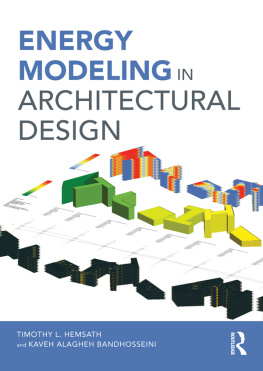First published 2018
by Routledge
711 Third Avenue, New York, NY 10017
and by Routledge
2 Park Square, Milton Park, Abingdon, Oxon, OX14 4RN
Routledge is an imprint of the Taylor & Francis Group, an informa business
2018 Taylor & Francis
The right of Matt Fajkus and Dason Whitsett to be identified as authors of this work has been asserted by them in accordance with sections 77 and 78 of the Copyright, Designs and Patents Act 1988.
All rights reserved. No part of this book may be reprinted or reproduced or utilized in any form or by any electronic, mechanical, or other means, now known or hereafter invented, including photocopying and recording, or in any information storage or retrieval system, without permission in writing from the publishers.
Trademark notice: Product or corporate names may be trademarks or registered trademarks, and are used only for identification and explanation without intent to infringe.
Library of Congress Cataloging-in-Publication Data
Names: Fajkus, Matt, author. | Whitsett, Dason, author.
Title: Architectural science and the sun : the poetics and pragmatics of solar design / Matt Fajkus and
Dason Whitsett.
Description: New York : Routledge, 2018. | Includes index.
Identifiers: LCCN 2017044154 (print) | LCCN 2017044516 (ebook) | ISBN 9781315708041 (Master) |
ISBN 9781317481669 (ePub) | ISBN 9781317481652 (Mobi) | ISBN 9781317481676 (Web PDF) |
ISBN 9781138899209 (hardback : alk. paper) | ISBN 9781138899216 (pbk. : alk. paper) |
ISBN 9781315708041 (ebook)
Subjects: LCSH: Architecture and solar radiation.
Classification: LCC NA2542.S6 (ebook) | LCC NA2542.S6 F35 2018 (print) | DDC 720dc23
LC record available at https://lccn.loc.gov/2017044154
ISBN: 978-1-138-89920-9 (hbk)
ISBN: 978-1-138-89921-6 (pbk)
ISBN: 978-1-315-70804-1 (ebk)
Typeset in Univers
by Apex CoVantage, LLC

This book explores the intersection of physics, climate, and perception in architecture. The primary task of this book will be to provide the designer with essential tools and knowledge to address the central architectural challenge of our time: combating climate change through the design of low-energy buildings. The text will cover principles of architectural science, the foundation of high-performance building design, including topics such as thermal comfort, solar geometry, building thermodynamics, passive design, and daylighting.
Energy-efficiency alone is an insufficient goal for the built environment, however. Building on the work of classics such as Lisa Heschongs Thermal Delight in Architecture and Juhanni Pallasmaas The Eyes of the Skin, Architectural Science and the Sun starts from the premise that great architecture goes beyond energy performance and the visual-aesthetic to engage all of the senses. Much of the power of work by masters such as Glenn Murcutt, Peter Zumthor, and Sigurd Lewerentz, for example, results from their skill at designing fulfilling multi-sensory experiences. Given that the stimuli to which our senses respond are physical phenomena such as light, heat, and sound, the design team must manipulate these parameters through the craft of building form and technology to create the desired qualitative experience. This book will help the designer develop the skills to do so.
Part analytical handbook, part inspiration source for schematic design, this book aims to fill two gaps in the literature. First, while there are numerous books covering passive design strategies, these books generally do not provide adequate grounding in the fundamental principles governing the performance of such building techniques. The engineering literature, on the other hand, includes many texts on building physics, but the material tends to be presented in a highly technical manner inaccessible to the design community. This gap leaves many architects without the tools to properly evaluate the applicability of specific techniques to unique conditions and hinders sustainable design innovation. Architectural Science and the Sun will serve as a detailed reference on the principles of architectural science for the design community.
The book aims to fill a second niche by taking a specific and analytical approach to sensory phenomenology where other works on the topic have tended to be more general and conceptual. The objective is to connect the designer with the sensory experiences that physical phenomena create. The book facilitates integrated design by providing architects with the skills to translate back and forth between quantitative data and qualitative experience, thus serving designers whether working with an intuitive approach or applying the powerful simulation tools readily available today.
The book synthesizes physics, climate, program, and perception to create high-performance buildings that provide superlative experiences for their users. This book intends to serve design practitioners, academics, and architecture students as a guide for performing this synthesis. Part of the purpose is as a handbook, for which certain conventions are established and explained next.
Notes on the Use of this Book
Example Locations
Austin, Texas (latitude = ~30 N), was chosen as the location for many of the examples in this book. While it is true that the authors live in that city, approximately 50% of the worlds population also lives between 20 and 40 N latitude. So, a city right in the middle of that zone seems like a good choice to address a broad audience. That means there is an excellent chance that a large fraction of the readers of this book will be using the techniques described in a similar context. Austin has a hot-humid, moderately overcast climate. Some cases use two other cities at approximately the same latitude as examples of two extremes of cloud cover, and therefore solar radiation: Shanghai and Kuwait City. For examples at other latitudes, Caracas at approximately 10 N and London at 51 N are used in several cases.
Geometry Conventions
Coordinates are specified in space using a modified left-hand coordinate system. To model this system, place the outside edge of your left hand on the table. The index finger should point straight in front of you and indicates the positive y -axis (south). Bend your middle finger 90 so that it is pointing to the right for the positive x -axis (west). For the positive z -axis, point the thumb straight at the ceiling (zenith direction). Curling the index and middle fingers indicate positive rotation (clockwise) on the ground plane.
Spherical or angular coordinates follow the same system, with south being 0 of azimuth and positive rotation to the west of south in the clockwise direction. Azimuth angles greater than 180 are usually specified as negative, indicating rotation to the east of south or counter-clockwise. These conventions are typical for solar geometry calculations, but many other applications use different models. In particular, energy simulation, drawing, and building-information modeling software often use different conventions, so it is important to check the documentation for the particular application to make sure that you are following the proper convention.
Time Conventions
Unless noted otherwise, time is expressed using the 24-hour time system, the time-keeping convention in which hours are numbered sequentially 124 rather than distinguishing between a.m./p.m. Although 24-hour time is the most commonly used convention worldwide, the United States still primarily relies on 12-hour time. However, 24-hour time eliminates the ambiguity of the 12-hour system. For example, 3:25 p.m. is 15:25 in 24-hour time.

